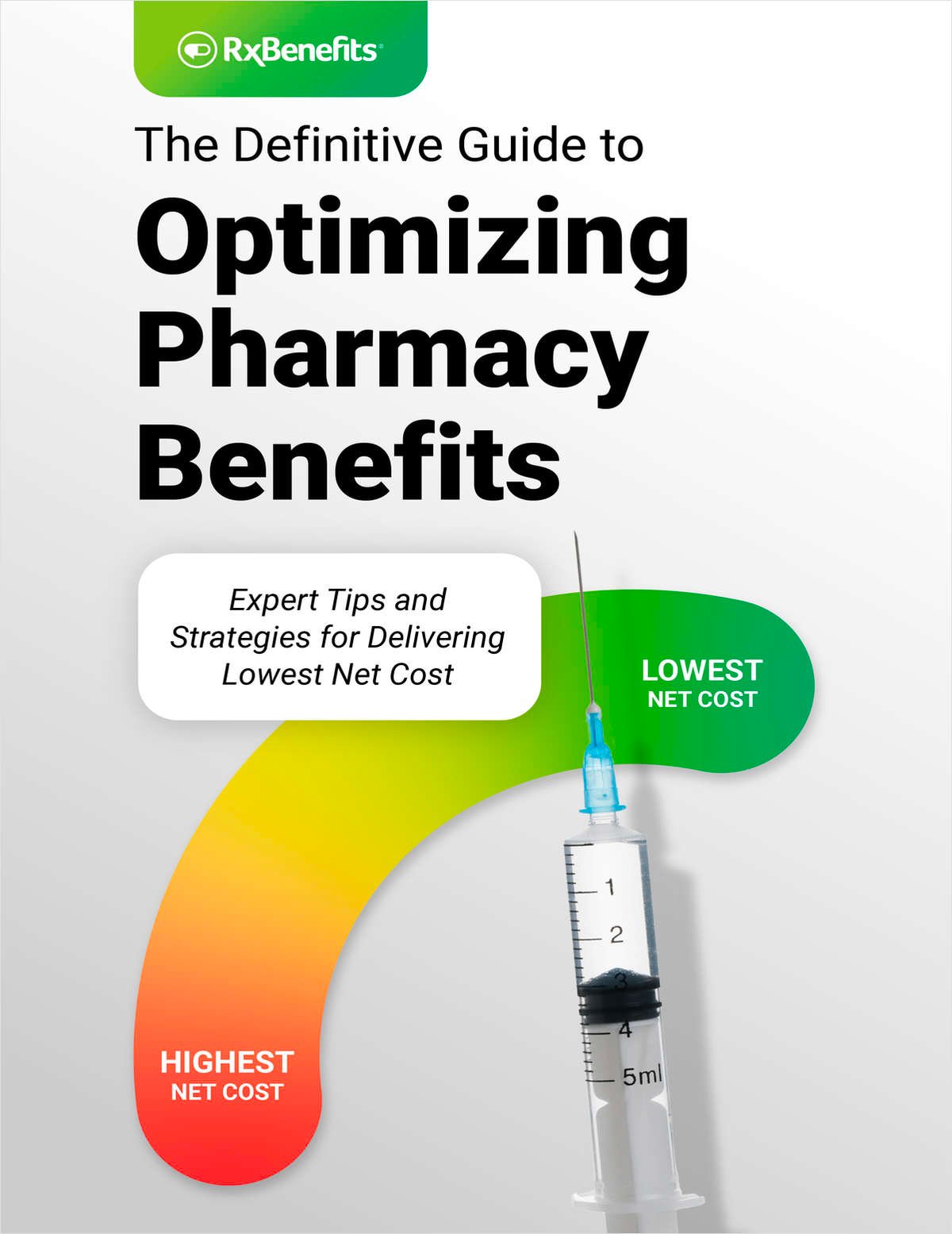Earlier this week, I conducted a continuing education class on voluntary benefits — from the employer’s viewpoint — for the Nebraska chapter of CEBS. A mixture of employer benefits professionals, brokers, consultants and insurance company personnel attended the session. One of the employers represented a large company with several thousand associates.
Their benefits manager has been thinking about offering voluntary benefits on a “Lending Tree” approach. The idea he’s considering is whether to set up a portal that would offer categories of voluntary options to their associates, where there is a menu of available product providers for each product type.
This would follow the Lending Tree approach and is, in fact, the way mutual fund options often are offered in 401(k) plans. He asked whether this would be a good idea. My reaction is that while this is not the typical method of offering voluntary benefits, it’s an interesting concept.
It will work well for some products. A prime example that came to mind is products in the personal auto/home market lines. For example, auto carriers might have a different underwriting approach to risks in various categories. One might be the best for long-term safe drivers; another might have more favorable rates for families with teenage drivers, and a third could be better for drivers with a history of speeding tickets.
Individual long-term care insurance might be another market where this principle would hold true. One characteristic of products such as auto or LTC insurance is they are not historically considered employee benefits. The products that are “classic” benefits employers wanted to provide fall into the category of financial security for workers and their families.
(Employers did not want workers to have to “pass the hat” to help the families of deceased or disabled colleagues, so employers began to provide benefits in the event of death or disability.) On the other hand, products such as voluntary group disability income protection, dental or voluntary life insurance might not fit as well into the shoppers’ menu model, because the underwriting of these products is usually based on guarantee issue given participation by a predetermined percentage of eligible associates.
From an employee viewpoint, the attraction of these products is based on simplicity of enrollment and premium payment, plus attractive price points. The participation requirement on these products both allows for a sufficient spread of risk to support the underwriting and serves to keep per unit expenses low, therefore allowing for favorable pricing given that expected claims are higher when there is guarantee issue versus individual risk selection.
And in the case of voluntary disability income protection, employers may want to make sure the available plan design is coordinated with their own sick day plan, income continuation plan, and return to work incentives such as partial disability provisions. The difference comes down to the interrelationship of enrollment and product.
Some products are best handled via “random access” enrollment, when there is some underwriting, but it is not defined in terms of participation. There is pricing and selection of individuals by the insurance company. For other products, where the underwriting is based on a group participation concept, enrollment is typically conducted in a concerted campaign intended to support the needed participation.
It would be difficult to find carriers interested in marketing guarantee issue products side by side. Yes, an employer could offer underwritten products for life and disability income protection, by sacrificing guarantee issue. The trade-off would be declination of some applicants, and higher premiums for others.
Some employers might be willing to accept those conditions, others might not. The idea of a menu of providers for at least some voluntary product lines is worth additional thought. Since this represents a different approach to voluntary, I would like to hear from readers on the idea – so please let me know what you think.
Continue Reading for Free
Register and gain access to:
- Breaking benefits news and analysis, on-site and via our newsletters and custom alerts
- Educational webcasts, white papers, and ebooks from industry thought leaders
- Critical converage of the property casualty insurance and financial advisory markets on our other ALM sites, PropertyCasualty360 and ThinkAdvisor
Already have an account? Sign In Now
© 2024 ALM Global, LLC, All Rights Reserved. Request academic re-use from www.copyright.com. All other uses, submit a request to [email protected]. For more information visit Asset & Logo Licensing.








